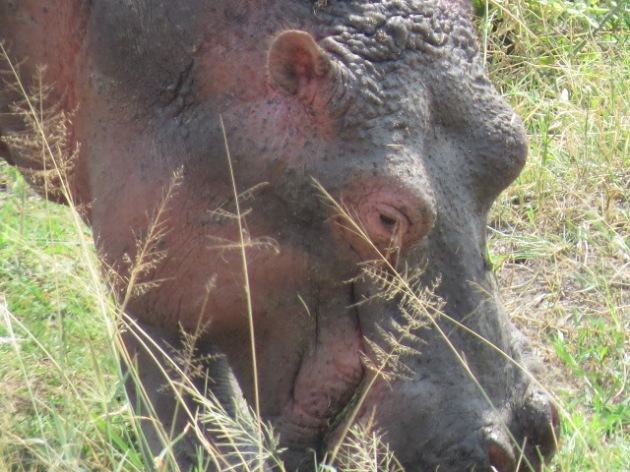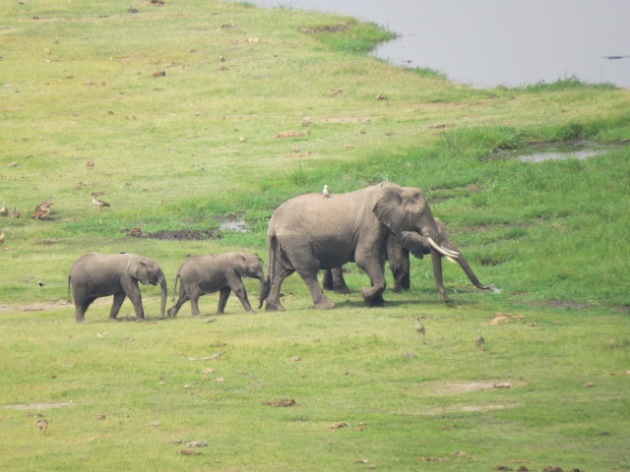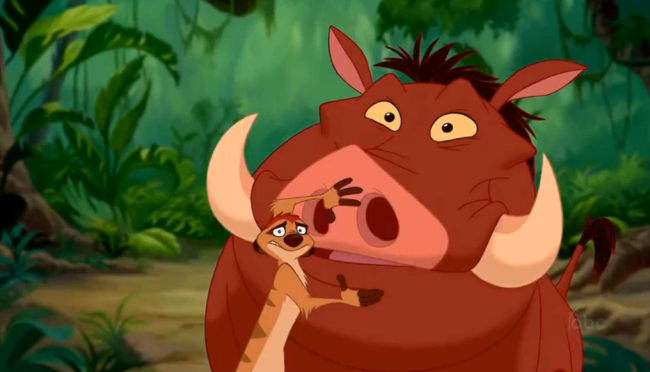Obviously the biggest attraction to East Africa, particularly Kenya and Tanzania are the animals; the keystone species elephants, giraffes, zebra, wildebeest, hyena, warthogs. Well, I saw all those animals, in their natural habitat all in a days work. On February 15th we had a really unique opportunity to participate in Kenyan Wildlife Service animal count in Amboseli National Park. The Park is about 30 to 40 minutes away from KBC (Kilimanjaro Bush Camp) and it’s divided into 8 blocks. The survey’s are done 3 times a year and since we have 30 students in our group, KWS loves to have us help out. The more eyes the better. We had a safari car filled with 7 students, a driver (in our case it was our Wildlife Management professor Shem Mwasi) and a KWS worker. My group was assigned block 6 and we took majority of the day to count the block. Block six in the map below is to the east of observation hill and south of Lake Amboseli.
 This was a really unique opportunity because very few people have the chance to participate in a KWS count when the data is actually used in studies with their permission. The day we were in the park was beautiful. In the morning, the temperature was about 74 degrees (Fahrenheit J) and progressed to about 80 with around 20% cloud cover. Since we were always moving in the safari cars the breeze made it the perfect temperature. We found out at the end that our block was the longest one with the most data so we were able to see a wide variety of animals. I put some pictures below of the coolest species we saw but my favorite was definitely the baby elephant. We saw a mother African bush elephant with a sub adult and a calf, which our professor said, was no older than 2 months old! You could barely see it since it wasn’t over the height of the grass. For a size comparison I’d say it was about as big as a large dog, maybe a mastiff. The count was really fun but a little stressful. We had 7 people in our car with two people writing down the data, two counts, one GS mapper, a direction and distance estimator and one just helper. We were all calling out what we saw and the directions and distances of the animals to get as much data down as possible. We were also able to off-road which is against the law but since we were working with KWS and collecting data, it was allowed. We ended up seeing so many more animals because we were farther away from the busy tourist path.
This was a really unique opportunity because very few people have the chance to participate in a KWS count when the data is actually used in studies with their permission. The day we were in the park was beautiful. In the morning, the temperature was about 74 degrees (Fahrenheit J) and progressed to about 80 with around 20% cloud cover. Since we were always moving in the safari cars the breeze made it the perfect temperature. We found out at the end that our block was the longest one with the most data so we were able to see a wide variety of animals. I put some pictures below of the coolest species we saw but my favorite was definitely the baby elephant. We saw a mother African bush elephant with a sub adult and a calf, which our professor said, was no older than 2 months old! You could barely see it since it wasn’t over the height of the grass. For a size comparison I’d say it was about as big as a large dog, maybe a mastiff. The count was really fun but a little stressful. We had 7 people in our car with two people writing down the data, two counts, one GS mapper, a direction and distance estimator and one just helper. We were all calling out what we saw and the directions and distances of the animals to get as much data down as possible. We were also able to off-road which is against the law but since we were working with KWS and collecting data, it was allowed. We ended up seeing so many more animals because we were farther away from the busy tourist path.
Besides the Big keystone species I really like the wildebeest and the warthogs. The warthogs, which a lot of people here call pumba’s, are adorable. When they run, their tales stick straight up and they just scurry with seemingly no direction in mind. We also saw some baby warthogs, which are some of the cutest things I’ve ever seen. They are definitely an underrated species but the lion king did a pretty good job of getting their personality across. Hakuna Matata!
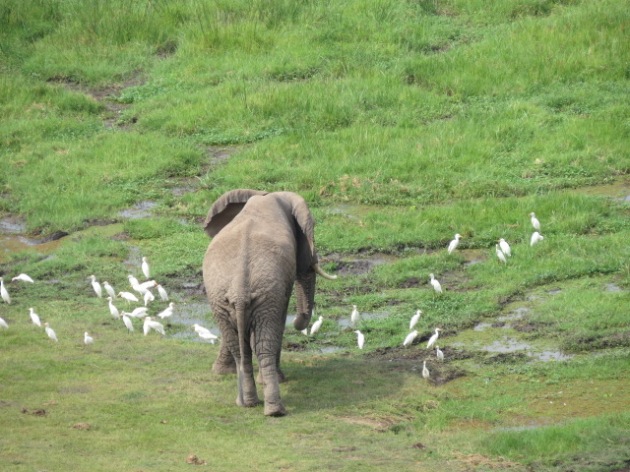
Male African Bush Elephant and Cattle Egret’s taken from Observation Hill

Common Zebra
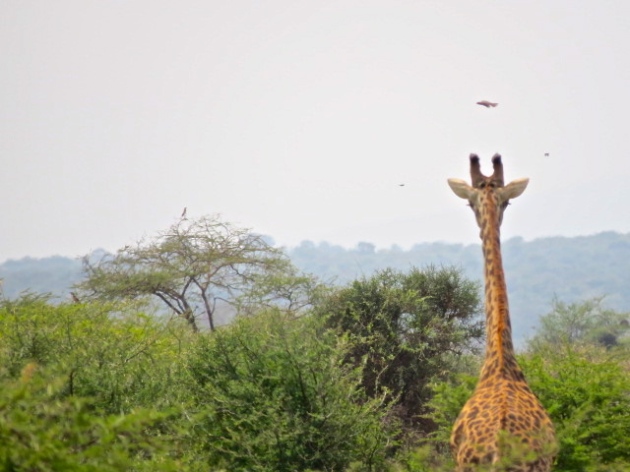
Maasai Giraffe
Munching Hippo
Female Elephant and some youngins!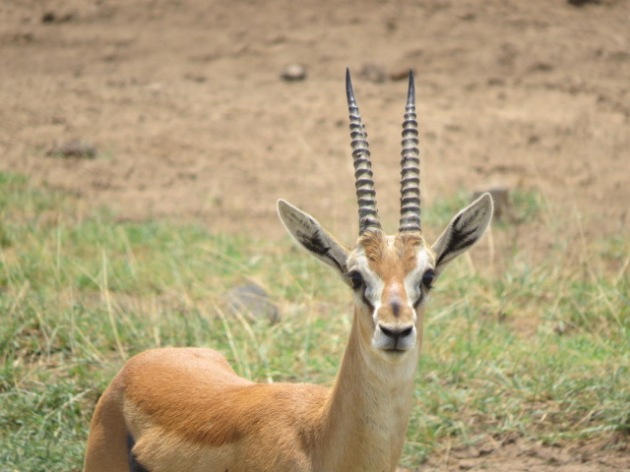
Thompson’s Gazelle

Wathog (not the cute baby though)
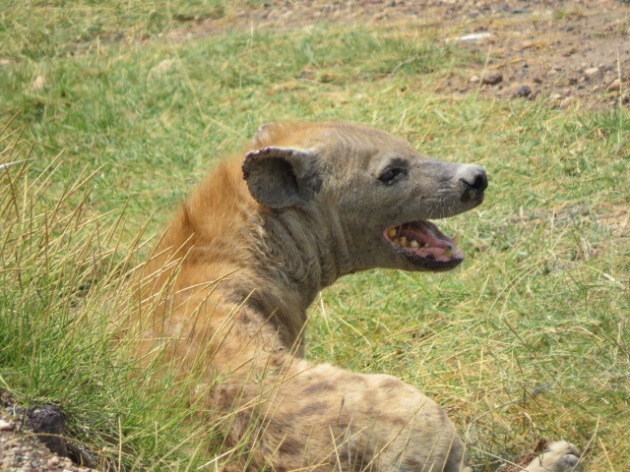
hyaena chilling by the roadside
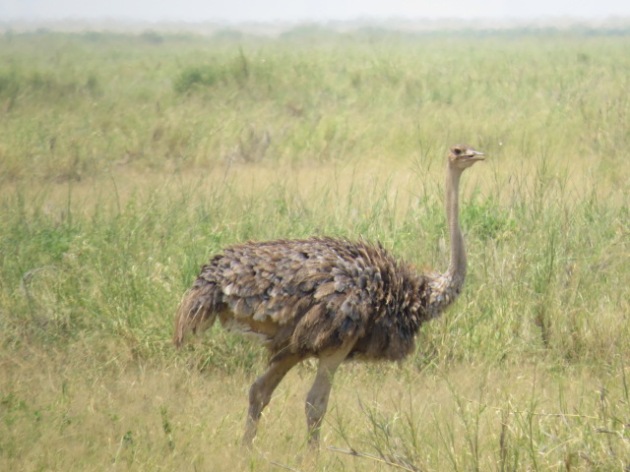
Maasai Ostrich
No caption necessary
